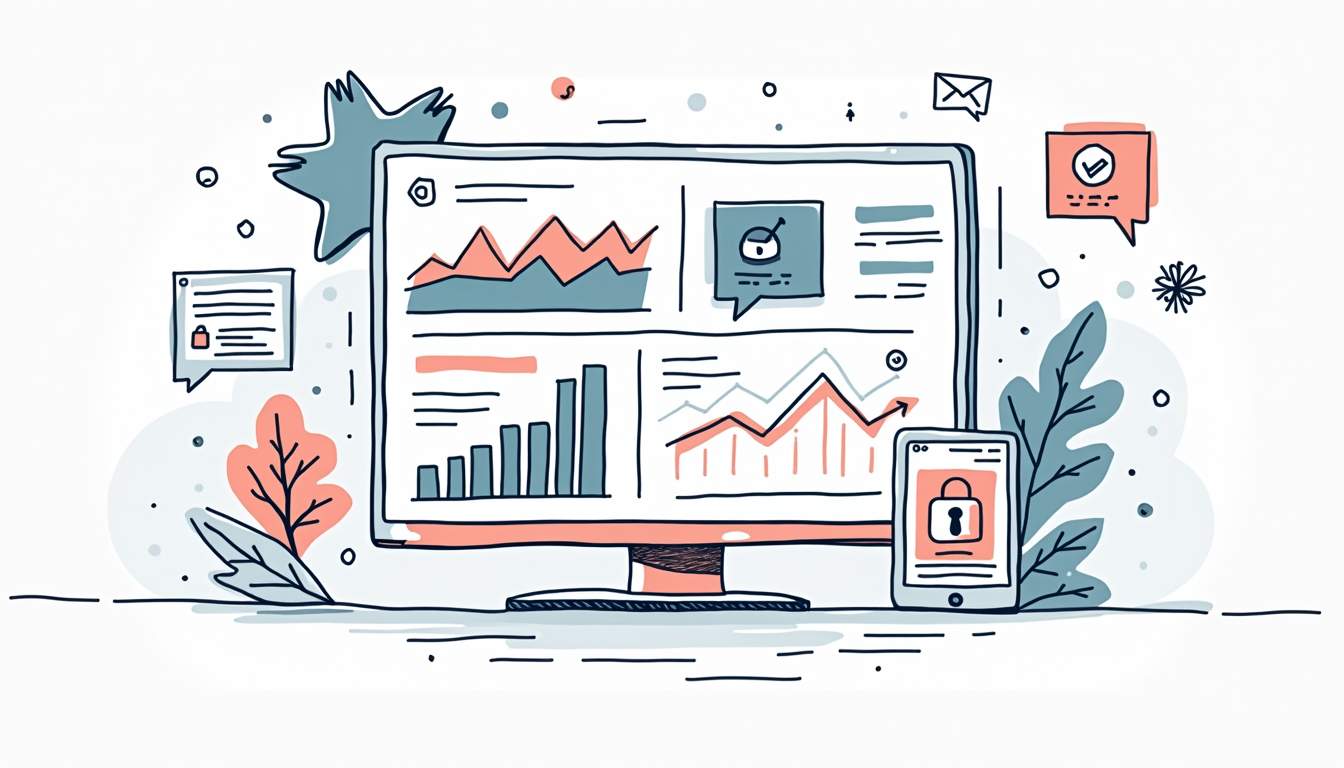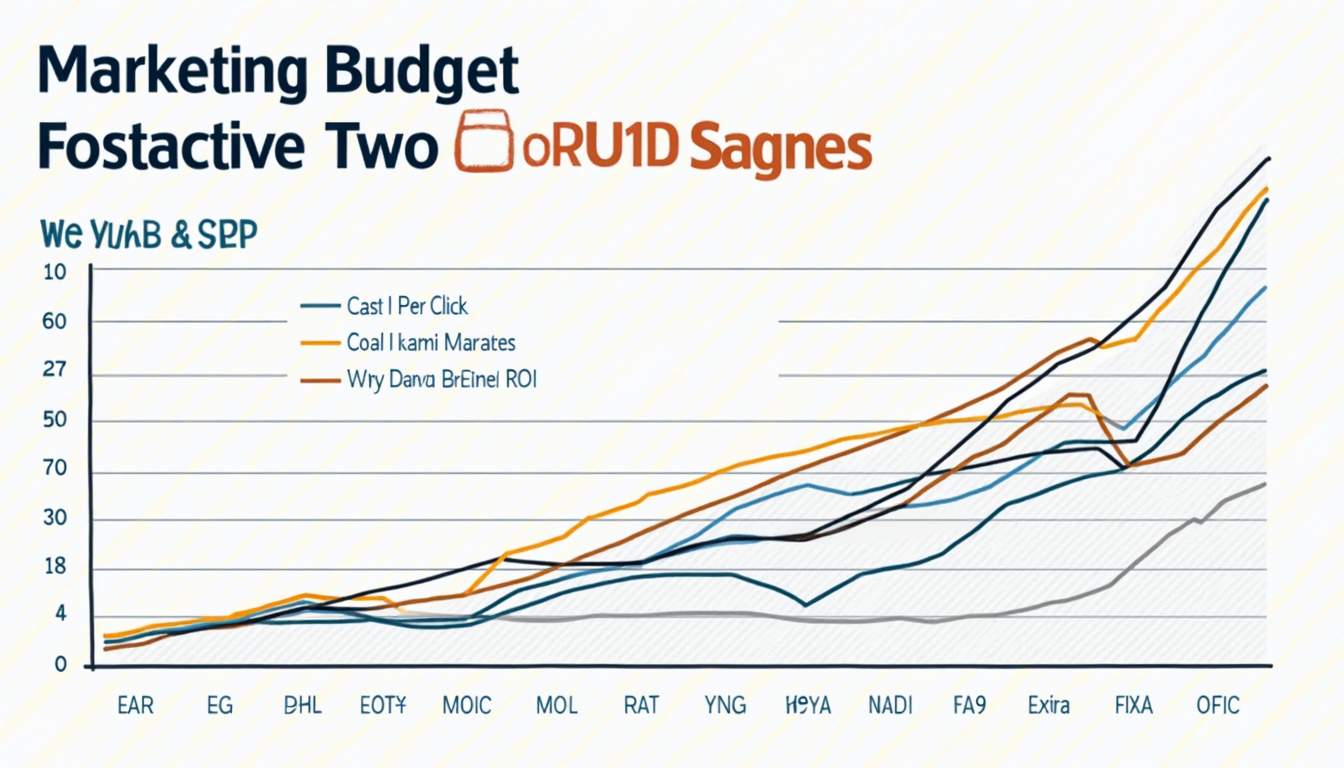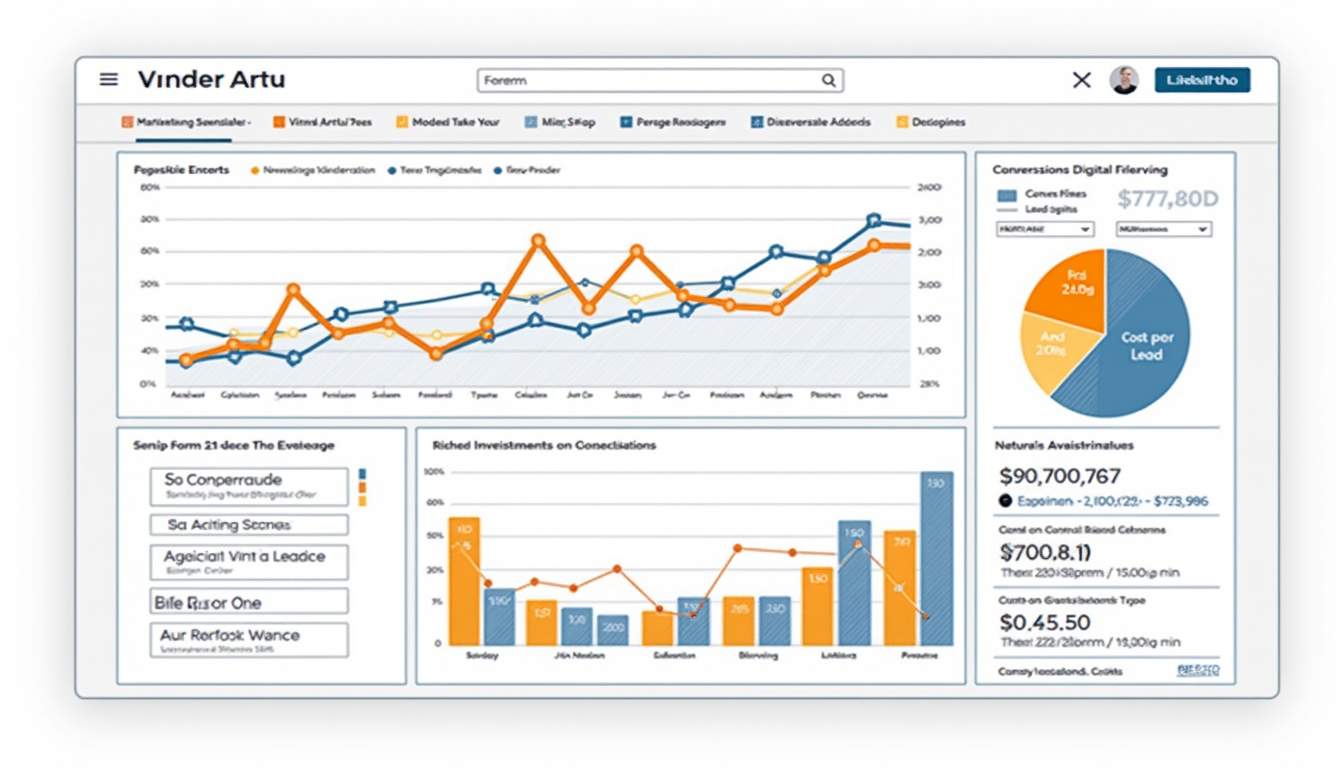Advertising cybersecurity software on LinkedIn can be a strategic move for many companies looking to reach a professional audience. However, understanding the costs involved is crucial for effective budgeting and investment. In this article, we will explore the costs associated with LinkedIn advertising, the importance of promoting cybersecurity software, and how to maximize return on investment (ROI) in this specialized field.
Understanding LinkedIn Advertising Costs
LinkedIn operates on a bidding system, meaning that the costs for advertising can vary greatly depending on several factors. Companies need to familiarize themselves with various pricing structures and budget effectively to make the most of their advertising campaigns.
Breakdown of LinkedIn Ad Pricing
LinkedIn offers several ad formats, each with its own pricing structure. The main types of ads you might consider include:
- Sponsored Content: These are native ads that appear in users’ feeds. Pricing typically varies based on the cost-per-click (CPC) or cost-per-impression (CPM) model.
- Text Ads: Usually displayed on the sidebar, these typically operate on a CPC basis, allowing advertisers to pay each time someone clicks on their ad.
- Message Ads: These ads appear directly in a LinkedIn user’s inbox. Charges are usually per send, making it an excellent option for direct outreach.
On average, businesses can expect to pay between $5 to $10 per click, though this varies based on the competitiveness of your industry. The budget can be set at daily or lifetime amounts, which provides flexibility for ad campaigns. Additionally, LinkedIn allows advertisers to set a minimum daily budget, which can help manage costs effectively while still reaching a broad audience.
Factors Influencing LinkedIn Ad Costs
Several factors can impact the costs associated with advertising on LinkedIn. Understanding these can help you predict pricing and adjust your strategy accordingly:
- Target Audience: The more niche your audience, the higher the competition, potentially increasing costs.
- Ad Quality: Higher quality ads tend to perform better, thus reducing overall costs through more clicks.
- Ad Timing: Running ads during peak business hours or around significant industry events can affect costs.
Being aware of these factors will help you create a more effective and cost-efficient advertising strategy on LinkedIn. Moreover, the performance of your ads can be influenced by the relevance of your content to the target audience. Crafting compelling copy and using eye-catching visuals can significantly enhance engagement rates, leading to a lower cost-per-click over time. Additionally, leveraging LinkedIn’s robust analytics tools can provide insights into which ads are performing well, allowing for real-time adjustments to maximize your advertising budget.
Another important consideration is the overall campaign objective. Whether you aim to generate leads, increase brand awareness, or drive traffic to your website, each goal may require a different approach in terms of ad format and targeting. For instance, if your primary objective is lead generation, utilizing Lead Gen Forms within Sponsored Content can streamline the process, allowing users to submit their information without leaving LinkedIn, which can enhance conversion rates and ultimately lower your advertising costs.
The Importance of Advertising Cybersecurity Software
In an increasingly digital world, the demand for cybersecurity solutions has grown significantly. As a result, it has become vital for companies offering cybersecurity software to actively promote their offerings.

Why Cybersecurity Software Needs Promotion
The cybersecurity landscape is constantly evolving, and businesses need to stay informed about new threats and solutions. Without effective promotion, even the best cybersecurity software can remain unknown. Some reasons to invest in advertising include:
- Brand Awareness: Advertising helps to establish brand presence in a crowded marketplace.
- Educating Potential Customers: Promotion is key in informing potential customers about the features and benefits of your offerings.
- Staying Competitive: With many companies investing in cybersecurity, consistent advertising helps to keep your solution top-of-mind.
The Role of LinkedIn in Cybersecurity Software Advertising
LinkedIn is uniquely positioned as the professional networking platform, making it an ideal choice for B2B advertising, particularly in sectors like cybersecurity. The platform allows businesses to target decision-makers directly, ensuring that advertisements reach the right audience efficiently.
LinkedIn’s robust targeting options, which include industry, job title, and company size, make it easier for cybersecurity companies to identify potential leads. This precision helps to drive better results and max out your advertising budget.
Moreover, LinkedIn offers a variety of ad formats, such as sponsored content, InMail, and dynamic ads, allowing companies to choose the most effective method for their message. For instance, sponsored content can seamlessly blend into a user’s feed, making it less intrusive and more engaging. Additionally, utilizing video content can significantly enhance the impact of an advertisement, as visual storytelling often resonates better with audiences, showcasing the software in action and demonstrating its value in real-time scenarios.
Furthermore, the platform fosters community engagement through groups and discussions, enabling companies to position themselves as thought leaders in the cybersecurity space. By sharing insightful articles, whitepapers, and case studies, businesses can build trust and credibility, encouraging potential customers to consider their solutions. This strategic approach not only enhances visibility but also nurtures relationships that can lead to long-term partnerships and customer loyalty.
Creating a Budget for LinkedIn Advertising
Establishing a well-defined budget is essential for maximizing the effectiveness of your LinkedIn advertising campaign. By taking a careful and calculated approach, you can allocate your resources optimally.

Determining Your Advertising Budget
To begin with, identify your overall marketing budget and set aside a portion dedicated specifically to LinkedIn advertising. Consider the following factors:
- Business Goals: Determine what you want to achieve—brand awareness, lead generation, or customer retention—and allocate funds accordingly.
- Expected ROI: Estimate your expected return and adjust your budget to align with those goals.
It’s important to remain flexible; track performance and be willing to adjust your budget as necessary during the campaign. Additionally, consider the competitive landscape of your industry. Research how much similar companies are spending on LinkedIn ads to gauge whether your budget is sufficient to achieve your desired visibility and engagement. This competitive analysis can provide valuable insights that help you refine your approach and ensure that your investment is both strategic and effective.
Allocating Funds for Different Ad Types
Having a diversified ad strategy can improve performance. Depending on your objectives, you might want to allocate funds across various ad types:
- 40% for Sponsored Content
- 30% for Message Ads
- 30% for Text Ads
This allocation can be adjusted based on real-time performance metrics and campaign analytics. Sponsored Content, for instance, is particularly effective for engaging users with rich media, while Message Ads can create a more personalized connection with potential leads. Experimenting with different formats can yield insights into which types resonate best with your target audience. Furthermore, consider incorporating A/B testing into your strategy to evaluate the effectiveness of various messages and visuals, allowing you to refine your ads for maximum impact.
Maximizing ROI on LinkedIn Ads
A key benefit of LinkedIn advertising is the opportunity to maximize ROI. By carefully monitoring strategies and making analytical adjustments, companies can significantly enhance the performance of their campaigns. With the right approach, businesses can transform their advertising efforts into a powerful tool for lead generation and brand awareness, ultimately driving growth and success in a competitive marketplace.

Tips for Cost-Effective LinkedIn Advertising
There are several strategies you can implement to drive costs down while maximizing effectiveness:
- Targeting Precision: Use LinkedIn’s targeting features to ensure your ads reach the most relevant audience. This includes leveraging demographic filters such as job title, industry, and company size to hone in on your ideal customer profile.
- A/B Testing: Experiment with different ad formats, copy, and visuals to determine which resonates best with your target audience. This iterative process not only helps in identifying winning combinations but also fosters a deeper understanding of your audience’s preferences.
- Ad Scheduling: Run ads at specific times of day when your target audience is most active. Analyzing past engagement data can reveal peak activity periods, allowing you to align your ad delivery for maximum visibility.
Tracking and Improving Ad Performance
Continual tracking of your ad performance is essential for optimization. Utilize LinkedIn’s analytical tools to measure metrics such as impressions, clicks, and conversions. Based on the data, make adjustments to your ad campaign where necessary, maximizing effectiveness continuously. Additionally, consider integrating UTM parameters to track traffic from LinkedIn ads in your website analytics, providing a clearer picture of user behavior post-click.
Moreover, engaging with your audience through LinkedIn’s comment section can provide invaluable insights. By responding to comments and questions, you not only foster a sense of community but also gather qualitative data that can inform future campaigns. This two-way communication can enhance brand loyalty and improve the overall perception of your business, making your LinkedIn advertising efforts even more impactful.
LinkedIn Advertising vs Other Social Media Platforms
As you consider your advertising strategy, it’s valuable to compare LinkedIn with other social media platforms to determine which best meets your objectives.
Cost Comparison with Other Platforms
While platforms like Facebook and Twitter offer broader reach, their audience may not always align with the professional focus that LinkedIn provides. Pay-per-click costs on LinkedIn can be higher than on these platforms, but the potential for high-quality leads justifies this investment, particularly for B2B cybersecurity services.
Choosing the Right Platform for Your Software
Ultimately, the choice of platform should depend on your specific target audience and marketing goals. If your primary focus is on engaging professional decision-makers, LinkedIn could be your best bet, providing a more focused environment compared to more general platforms.
In conclusion, understanding the costs associated with advertising cybersecurity software on LinkedIn is vital for successful marketing. By leveraging precise targeting, allocating funds smartly, and continuously optimizing for performance, companies can achieve impressive results and drive meaningful engagement within the cybersecurity landscape.